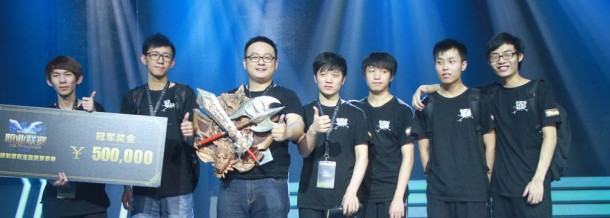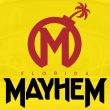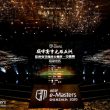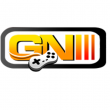Seeking Greatness: The story behind the formation of Edward Gaming
This article was written by Ryan Luwei of the Chinese website CGA. OnGamers has received permission from Ryan to translate and post this. Translation kindly provided by Sam Cenzhang.
Guangzhou Evergrande F.C’s historic AFC Champions League title in 2013 briefly made Guangzhou the center of China’s sporting scene, and the word “Evergrande” swept the entire nation. But Guangzhou’s athletic history doesn’t stop at soccer; its heritage as a center of Chinese esports is undeniable. It’s all too fitting, then, that also in 2013, an esports organization with championship aspirations quietly established in Guangzhou. We speak, of course, of Edward Gaming.
As the foundational title of the nascent esports landscape, Starcraft was naturally all the rage in the Guangzhou of the late 90s. At the time, Guangzhou was home to Team TS, one of the first semi-professional Chinese esports organizations.
“When we first formed the team, we wanted to start in Guangzhou, a city with a rich history of esports, and gradually forge a team with an eye on winning championships in China and competing at the highest level on the international stage,” said EDG manager SanShao, a middle-aged man filled with aspirations to esports excellence, on the original goals of the team.
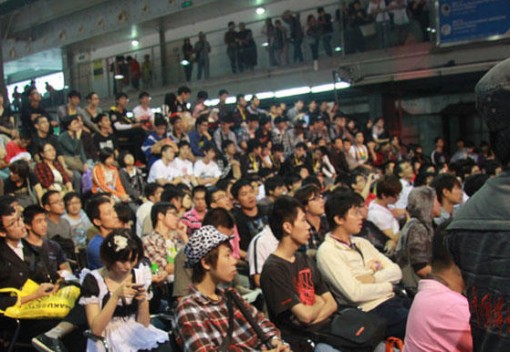
SanShao’s esports journey began with the Warcraft franchise. He was a member of semi-professional Warcraft 3 team DHC, and in the World of Warcraft era, was an experienced guild leader. With the joint efforts of SanShao, the club’s other management personnel, and the players, EDG’s considerable accomplishments to date include the title at the 2014 International Esports Tournament over a field of the top teams in China, not to mention a dominant LPL Spring and Summer double, becoming the first Chinese team to qualify for the 2014 World Championship. “Esports are my dream, and the dream of my friends and comrades BingGui and AiDeZhu. It hasn’t been easy for EDG to make it to today,” said SanShao as he lifted the LPL Summer trophy.
The Old Boys’ Pact
August of 2013 was the height of the blazing Guangzhou summer. The deafening chirps of cicadas were rivaled only by the clacking of keyboards and the clicking of mice. SanShao, BingGui, and AiDeZhu, three “old boys” of esports, were naturally avid LoL players, but also followed the Chinese professional scene very closely. At the time, 2013 LPL Summer was in full swing. World Elite were locked in a bitter struggle to qualify for the Season 3 World Championship, while LMQ were mired in mid-table mediocrity, with no chance at a Worlds bid, but in no danger of relegation.
The origin of the spark has been lost, but one of the three said, “Guangzhou had a fantastic scene at the dawn of Chinese esports. Why has it fallen so far? If we have Evergrande, why can’t we have a championship esports club?” The sentiment ignited these old boys’ passion for esports. They had found a common goal: to build the best esports organization in the country.
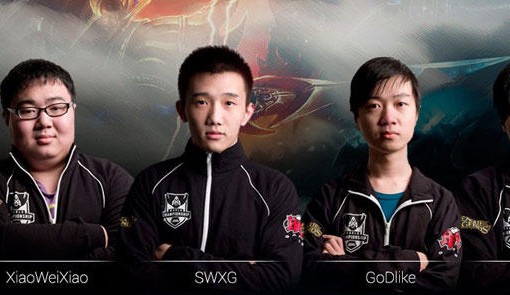
The three quickly began working to establish the club. AiDeZhu was responsible for acquiring working capital, while SanShao and BingGui took over backend management and roster construction. They received a stroke of good luck in the form of LMQ’s departure. Royal Club felt they didn’t have the resources or energy to manage both Tian Ci and Huang Zu, so they spun Tian Ci off into LMQ and sent them off to seek their fortune in North American LCS. “We arrived at an understanding with Royal Club, and just like that we got LMQ’s LPL spot. It was really very lucky, since Riot still allowed organizations to buy spots in leagues. It was really a case of right place, right time that we got off the ground so smoothly,” said SanShao laughingly.
The Art and Science of Roster Construction
As soon as EDG locked down their LPL spot, the organization turned its attention to creating a competitive roster. BingGui had a deep understanding of Chinese players, and felt that ClearLove, who at the time still played for World Elite, was nothing short of the soul of Chinese League of Legends. Indeed, ClearLove was seen as the sine qua non for EDG’s success. BingGui also felt that they needed an experienced support as a team leader, and Fzzf, also a member of WE, was seen as an obvious and excellent choice.
BingGui also rated NaMei extremely highly. In the latter half of 2013, NaMei wasn’t counted among the strongest AD carries in China, but BingGui felt that he could become the top ADC in China or even the world. EDG’s accomplishments have proven beyond a doubt BingGui’s keen eye for talent. ClearLove, Fzzf, and NaMei have carried EDG to unparalleled heights. It’s worth mentioning that Counter Logic Gaming coach and OGN English caster MonteCristo has said that, despite EDG’s teamplay not being as strong as the top tier Korean teams, he considers NaMei the strongest ADC in the world.
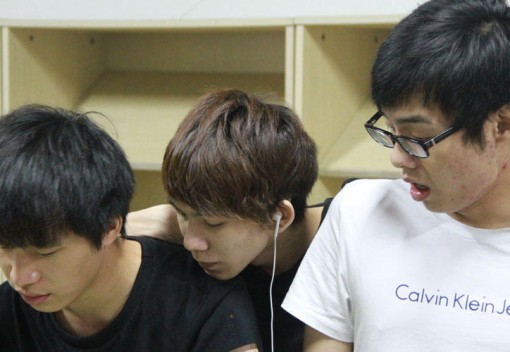
After locking down the core of the squad, EDG felt a need to bring in talented but raw rookies with the potential to develop and improve. At the time, Koro1, Xiyang, U, and Toro all had tryouts with the team. SanShao decided to sign Koro and U, while Toro and Xiyang joined Wings of Aurora and OMG respectively for the spring season. (note: Toro is now a highly rated player in the LSPL.) SanShao has some regrets thinking back to the organization’s failure to keep Toro and Xiyang on. “Thinking back, we should have kept Toro and Xiyang on the roster as substitutes. We would have had much improved bench depth, and it would have created a positive atmosphere of competition in the team. Like Korean teams, with a system of intense competition to keep your starting spot, the team would have improved very quickly. Not only that, but letting Toro and Xiyang go also undoubtedly strengthened the teams that were able to sign them, which obviously isn’t good for EDG.”
After a great deal of effort and negotiations spanning the players’ original teams and hometowns, the EDG management had the team it wanted. It was time for the real work to begin.
Initial Struggles
EDG’s initial formation coincided exactly with WE’s internal strife and eventual breakup. The entire LoL scene was in upheaval due to the departure of ClearLove, Fzzf, and coach Aaron from WE. At the time, the three all faced a tremendous amount of psychological pressure. “Obviously, fans didn’t have very much positive to say to the three of them. A lot of nasty things were said. At the time, ClearLove and Fzzf both wanted to hit back at them, but they eventually thought better of it. ‘Talk with results’ has always been a core philosophy of EDG. We could have flamed right back, but instead we chose to make our mark on the scoreboard. When you win, people will naturally start to support you,” said SanShao of this tumultuous time. The players often looked to SanShao to guide them through the pressure they faced during these early days. As well, SanShao had strict requirements on them in terms of their daily routines and training regimen. “If you want to win games, you must be disciplined on and off the field,” SanShao emphasized.
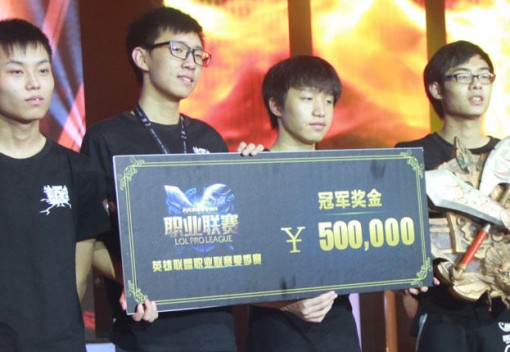
Outside of the public antagonism, the players also struggled to mesh with each other. In the very first days, it wasn’t uncommon for EDG to lose to Challenger-level teams. “Honestly, we’re very grateful to the LSPL teams we trained against. They helped EDG grow greatly. Scrims against LPL teams often weren’t the most effective, because they weren’t showing us all of their stuff. LSPL teams are different. They’re young, they’re motivated, and they want to beat us. They took scrims very seriously, and it’s because we had them as scrim partners that we became the team we are today. Even now, we still lose on occasion to LSPL teams, and we learn a lot from them.” In the first days of the team, and even through the spring split, second-tier teams helped EDG crystallize their identity.
Forming the Second Team, Eyes on the Target
In today’s landscape, building a second team is necessary for a LoL club to reach its full potential. Today’s EDG is an established powerhouse, and themselves look towards assembling a B team. To date, the personnel hasn’t been set, but SanShao still expressed a firm desire for another team under the organizational umbrella. “It’s very simple. In order to improve the quality of our practice, a second team is necessary. I’ll give a simple example. In the first eight minutes, fighting over the first dragon is very important. So we practice the first eight minutes with our second team over and over again. This kind of practice is very hard to get unless you’re playing against your own teammates. Korean clubs usually have two teams. If you want to scrim them, you also need two teams, or they won’t play you.”
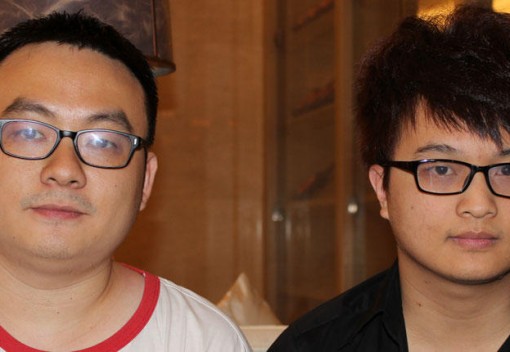
A second team can also serve as a pipeline of talent for EDG. Esports is cruel, and there’s never a lack of hungry new players looking to take your spot. Korea is undoubtedly at the vanguard of esports infrastructure, and they are never short on promising rookies. This is due in large part to the two teams per organization structure. “Our goal is a world championship. It’s going to be hard to get there. For our immediate goals as well as long-term development, a second team is essential for EDG.”
Although EDG has already qualified for the World Championships, the team didn’t go out to celebrate after the LPL Summer final. “We’re not going to celebrate before we achieve something truly meaningful. The road ahead is hard, and there are stronger opponents for us to face,” said SanShao. The full scope of the challenges awaiting EDG at Season 4 Worlds is unclear. It’s certain, however, that they will be carried forward by an attitude of “we haven’t won enough.”
Picture Slideshow
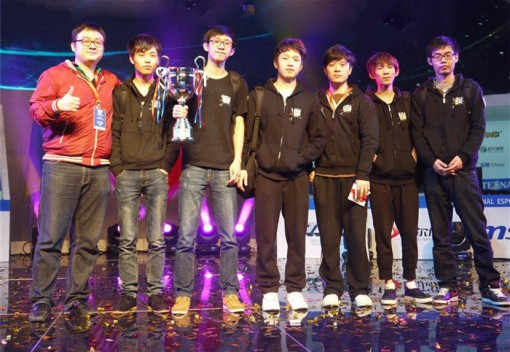
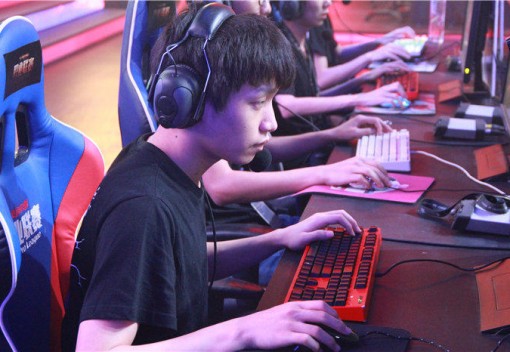

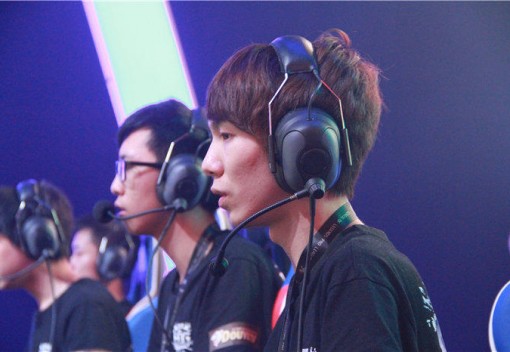

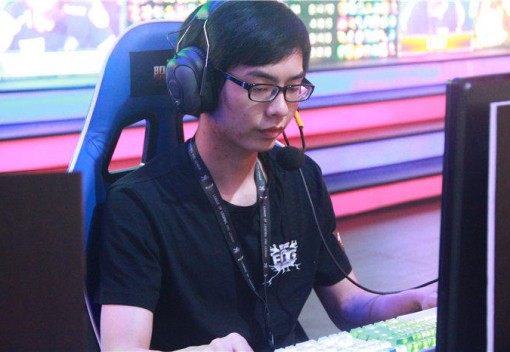
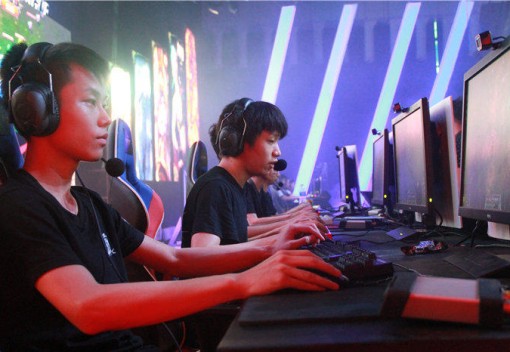
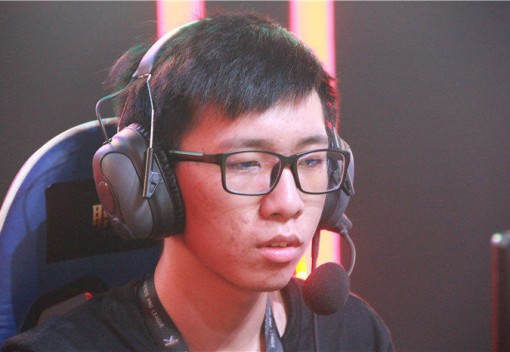

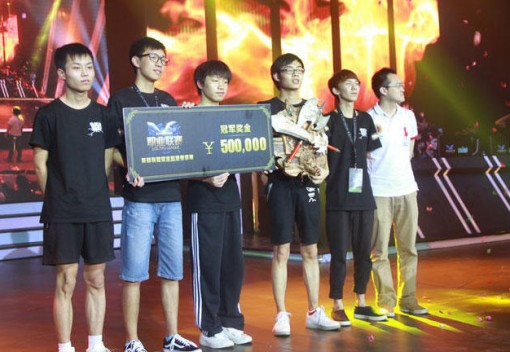
Images all courtesy of CGA. Original Article: http://lol.cga.cn/zt/column/ryan/edgstory/

